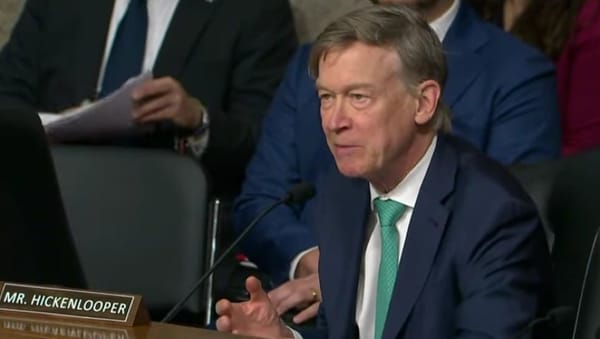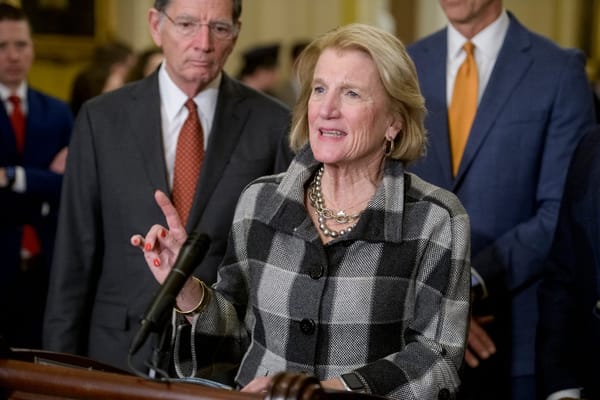The Trans-Pacific Partnership: Preserving a Free and Open Internet
The Internet has been an engine of economic opportunity worldwide, but we cannot take its success for granted. As the free exchange of information and services across borders is increasingly threatened, trade commitments among countries can serve as a powerful tool to maintain the openness that has

The Internet has been an engine of economic opportunity worldwide, but we cannot take its success for granted. As the free exchange of information and services across borders is increasingly threatened, trade commitments among countries can serve as a powerful tool to maintain the openness that has been the hallmark of the Internet’s success. And while much has been said recently about the Trans-Pacific Partnership, one piece is often overlooked: TPP has first-ever commitments that will promote a free and open digital economy and serve as a template for 21st century trade agreements going forward.
Twenty years ago, less than 1 percent of the world’s population was connected to the Internet. Today, more than 40 percent have Internet access. That extraordinary growth has continued in recent years — since 2009, global Internet users have more than doubled, from 1.5 billion to 3.2 billion. Data flows have nearly quintupled. These trends show no signs of slowing down.
The Internet’s growth — and its power to reshape how we connect, share ideas and exchange information with the rest of the world — is largely due to its design. It has been borderless, lowering the costs of transmitting information, supporting freedom of expression, exchange of information and giving our entrepreneurs an open canvas on which to innovate and a level playing field on which to compete.
Not everyone shares this vision for the future digital economy.
Not everyone shares this vision for the future digital economy. Countries are taking steps to fragment the Internet along national borders, legitimize content controls and arbitrary website blockage, force the use of local servers and deploy “cyber-nationalist” policies that could balkanize the Internet and distort innovation.
That’s where the Trans-Pacific Partnership can help, by requiring countries to sign on to principles necessary for a free and open Internet. TPP contains a comprehensive set of commitments to promote a free and open Internet, including provisions to:
Promote the free flow of data. TPP preserves users’ rights to access and move data, subject to safeguards, which helps ensure the flow of information and data that drive the Internet and the digital economy.
Combat forced localization of server capacity. TPP ensures that entrepreneurs will not have to build expensive and redundant data centers in every market they seek to serve. The economies of scale of the digital economy, where capital- and energy-intensive data centers serve multiple countries, depend on this flexibility.
Prevent forced tech transfer. TPP ensures that countries can’t force an innovator to hand over its technology or IP as a condition for gaining access to their market.
Enhance transparency and public participation. TPP promotes public participation and transparency in the development of laws and regulations — including those affecting the Internet — by providing opportunities for the public to view and comment on laws and regulations.
Strengthen consumer protection. TPP requires countries to adopt and maintain consumer protection laws related to fraudulent and deceptive commercial activities online, and similar measures to protect privacy; it also requires countries to maintain and enforce anti-spam and anti-fraud rules.
Open markets for digital goods and services. TPP opens markets for services and digital products; ensures tariffs are never imposed on digital transmissions; and prevents discrimination against online provision of products traded and transmitted electronically, through measures such as outright blocking or other forms of content discrimination.
Establish duty-free treatment for IT goods. TPP abolishes all tariffs in TPP countries on IT products, such as computers, tablets and smartphones, telecommunications equipment, fiber-optic cable, semiconductors and related goods.
Promote competitive telecom markets. TPP includes requirements to promote competition and ensure access to national telecom networks, helping to improve prices, quality and choices for users.
Facilitate digital trade and e-commerce. TPP includes requirements that TPP countries enable secure online payment options, allow express delivery services and take other measures — often particularly important for small businesses and individual entrepreneurs — to secure the necessary tools for trade in the digital environment.
Achieve a balanced approach to IP. Recognizing the role a strong and balanced approach to intellectual property plays in the growth of the digital economy, TPP countries have obligated themselves to continuously seek to achieve an appropriate balance in their copyright systems through, among other things, copyright exceptions and limitations for legitimate purposes, including those for the digital environment.
With these important steps in TPP, we will strengthen the coalition of countries defending the integrity of the Internet and the economic opportunities of its users. These first-ever provisions for the digital economy are extremely powerful for those seeking a world where everyone has the ability to participate in the global economy and safely access knowledge online.
These first-ever provisions for the digital economy are extremely powerful for those seeking a world where everyone has the ability to participate in the global economy and safely access knowledge online.
The Administration is committed to the principles that have allowed the Internet to reshape our world: Preserving the open and “borderless” character of the global Internet; guaranteeing users’ freedom to move, store and manage data; enhancing the growth of the digital economy; and promoting public-interest policies that protect privacy and deter cyber-crime, including theft of intellectual property, and abuse.
Covering 20 percent of the world’s Internet users and over a third of estimated Internet data flow, the Trans-Pacific Partnership is an unprecedented opportunity to move beyond advocacy. It would take concrete steps toward preserving a free and open Internet at a time when the Internet’s underlying principles are in question — but when its future has never been brighter.
Sourced through Scoop.it from: recode.net
Alan Davidson of the U.S Department of Commerce puts forward a strong defense of the Trans-Pacific Partnership.
See on Scoop.it – BroadbandPolicy










Member discussion